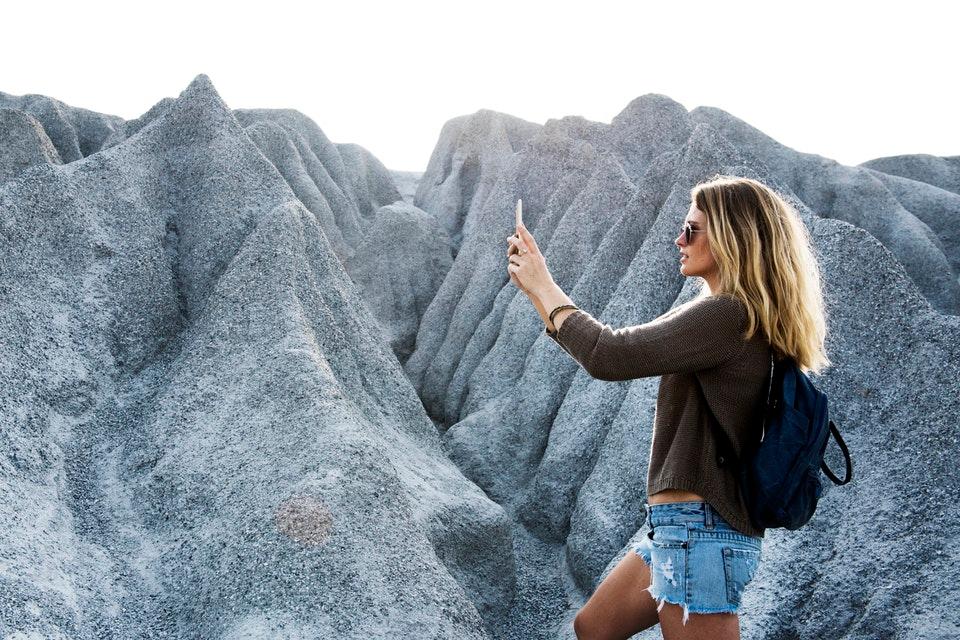It’s not news that brands are devoting an increasing percentage of their marketing budgets to influencer marketing. What is new is how companies and influencers themselves are adapting their processes and creating new best practices to truly evolve in this rapidly growing space. Working with some of the country’s largest brands and most active influencers gives me a pretty good vantage point from which to view what’s ahead in influencer marketing. Here are some of the ways I see the industry evolving over the next couple of years.
Marketers will continue to become more strategic in deploying influencer programs.
Companies — especially those expanding their use of influencer campaigns — are reevaluating their resources. Many brands that have relied solely on internal staff are beginning to access outside agencies for help with strategic planning, finding and managing niche influencers, running high-volume campaigns and amplifying programs.
Additionally, public relations agencies, one of the largest users of dedicated influencer agencies for client campaigns, are now experimenting with bringing some functions in-house while continuing to outsource only those campaigns that are too large-scale or complex to handle on their own.
A rise in cord-cutting plus a drop in TV viewing means an uptick in opportunities for influencers.
Industry researcher eMarketer predicts that 2018 will continue the multi-year trend that is essentially responsible for the advent of influencer marketing. You can follow this trend any number of ways via statistics on cord-cutting, TV viewership or broadcast ad buys.
As more people create their own viewing experiences on their personal phones and computers, the influencer marketing space will continue to evolve in sophistication, customization and measurability. Technology firms, agencies and other suppliers will emerge, merge and likely disappear in service to the growing field of true personality-driven marketing that seasoned influencers can deliver.
Influencer content will continue to become more desirable … and pervasive.
With premium, agency-created content racking up sky-high production costs (a 30-second TV commercial was averaging more than $350,000 in recent years), influencer-produced content has proven far more cost-effective.
Technology continues to drop in price, giving influencers access to equipment and resources once available only to professionals. Trending upward in 2018 and beyond is influencers’ commitment to generating content with the highest production values for their growing markets and audiences.
There is no evidence that consumers want a return to the days of single-message advertising delivered by someone paid to read a script. According to Nielsen’s Global Trust in Advertising Survey, two-thirds of consumers trust opinions posted online.
Images and videos posted by influencers, as well as custom recipes and tutorials, tap into consumers’ preferences for user-generated content and tend to feel more like recommendations from a friend.
We’ll see growth in the use of paid media to gain extra engagements.
In an industry increasingly devoted to uninterrupted, native sponsorships, paid digital advertisements are successfully being used to springboard influencer content onto other platforms. Promoting influencer content, in lieu of in-house or agency creative, allows brands to leverage the organic, word-of-mouth tone that resonates with audiences and at a much lower cost. Ad targeting on social media platforms like Facebook can identify receptive audiences who are far more likely to click on a compelling blog post than a sales pitch.
Experiential marketing will play a larger role in the mix.
Experiential marketing is known by many terms: event marketing, on-ground marketing and participation marketing. In our experience, the rise in experiential marketing correlates with the growing trend of consumers seeking to form more emotional relationships with brands.
In 2018, we’ll see more brands turning to experiential marketing to drive on-site engagement, capture brand content (through photos, video, commentary) for other marketing campaigns and influence sales. Many of our clients — more than in previous years — have included these events in their 2018 marketing plans.
Operating within Instagram’s ever-changing algorithm will continue to pose challenges.
Like its parent company Facebook, Instagram’s algorithm is the code we’re all trying to crack. In our experience, Facebook’s advertising algorithm can be overly zealous. Restrictions like prohibiting the use of personal attributes, strict guidelines regarding mentions of medical conditions and limitations on text in images all add up to a tricky minefield that requires ongoing familiarity with the ever-changing rules and regulations.
As social platforms implement automated solutions to scan for potentially harmful material, we continue to run into situations in which non-threatening content is flagged as inappropriate. This hurts influencers ability to break through Instagram’s algorithm and reach their loyal followers. It is also indicative of the constantly changing algorithmic rules that can have unintended consequences for marketers.
The policies are in place for a reason — to keep Instagram safe. But as we saw with the roll-out of Facebook’s branded content tool, Instagram is trying to figure out how its platform plays nicely with content creators and marketers. Hiccups should be expected. Experience, policy knowledge and processes ensuring compliant disclosure must be in place in 2018 in order to take advantage of the platform’s tremendous reach — without raising the ire of their finicky artificial intelligence programs.
ALSO READ – The rise of instagram marketing in India
Influencer agencies will get a seat at the table.
It has taken some time, but chief marketing officers and brand managers are increasingly inviting their influencer marketing agencies to consult early on in the campaign planning process. They see the value in tapping specialized agencies for the perspective they can bring, not only with respect to the influencer marketing component but to the digital marketing process as a whole. When influencer agencies get a seat at the client’s table, the results lead to more effective and memorable campaigns.
Source: Danielle Wiley , Forbes Councils
